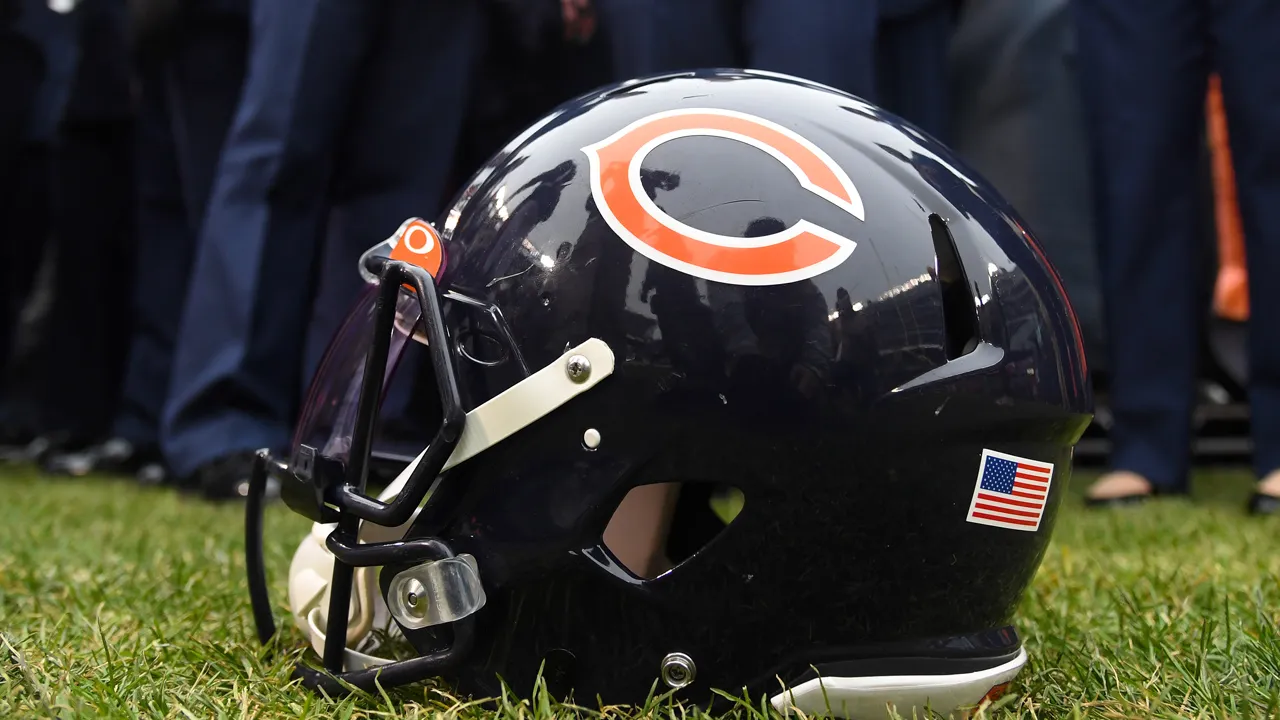Mitch Trubisky leading a 17-point comeback in the fourth quarter to win the Bears’ 2020 opener is a great story, and a significant accomplishment for a guy who was nearly out of a job this offseason.
It doesn’t matter that the Lions did what the Lions do under Matt Patricia (blow fourth quarter leads). What matters is the Bears pulled off an improbable comeback with Trubisky at the helm, turning in the kind of victory coach Matt Nagy feels can spark a season.
“These types of wins are the ones you remember,” Nagy said, “and they can really help you get the season going the right way.”
Stay in the game with the latest updates on your beloved Chicago sports teams! Sign up here for our All Access Daily newsletter.
But the Bears, under Matt Nagy, have had success against the Lions. Trubisky entered Sunday with a 132.4 passer rating in three games running Nagy’s offense against Patricia’s defense. What they did in the final 15 minutes Sunday is what they should’ve done the entire game. Yet this offense managed just six points – six! – before the fourth quarter started.
So what does Sunday’s win tell us about the 2020 outlook for the Bears’ offense? A lot, actually:
1. Matt Nagy loves his tight ends.
Bear with me here, we’re going to get into some personnel packages to make this point.
NFL
By my count, the Bears ran 11 plays out of 12 personnel (one back, two tight ends, two receivers) and 10 plays out of 13 personnel (one back, three tight ends, one receiver). Add in two plays out of 22 personnel (two backs, two tight ends, one receiver) and four more from heavy 21 personnel (two backs – one of them being J.P. Holtz – one tight end, two receivers).
So including Holtz in here, 27 of the Bears’ 65 plays (42 percent) came with multiple tight ends on the field. Last year, only 14 percent of the plays called by Matt Nagy came with at least two tight ends on the field.
To drive home Nagy’s newfound trust in his tight ends: The Bears ran 10 plays in 13 personnel on Sunday; they ran 10 plays in 13 personnel total in the 2019 season.
“I felt that was a big reason, along with our O-line, that we got our run game going with those tight ends,” Nagy said. “That’s so huge. … So we’re only going to get better, production-wise, in the passing game with those guys. It’s just going to take a little bit of time as we work through schematically what we look doing.”
The receiving production, as Nagy alluded to, wasn’t necessarily there from his tight ends: Jimmy Graham, Cole Kmet and Demetrius Harris combined for three catches, 25 yards and one touchdown on nine targets (all the yards and catches were Graham’s). But the mere presence of those guys on the field opened up a lot – like, for instance, an easy 19-yard completion on play action to rookie Darnell Mooney in the second quarter.
And Kmet and Harris did do some good things in the run game. Kmet, in particular, helped spring a nice 13-yard run by Cordarrelle Patterson in the first half.
Nagy’s bread-and-butter is still 11 personnel (one back, one tight end, three receivers) – it’s what he primarily used when the Bears fell behind by 17 points in the second half. But it’s no longer all he feels like he can trust – and that’s the biggest difference between the Bears’ offense Sunday and 2019’s debacle. It’s something that should carry over for the rest of the season.
2. Confidence backed up by playmaking.
A good portion of Sunday afternoon was confusing at best, and deflating at worst. The Lions were missing three cornerbacks (Jeff Okudah, Desmond Trufant, Justin Coleman) for most of the game. Linebacker Jamie Collins was kicked out for bizarrely (and hilariously) head-butting a referee. And yet the Bears’ offense failed to take advantage of those absences until the final 15 minutes.
What changed?
For starters: Anthony Miller was demanding the ball.
“He kept telling me all game: trust me, trust me, stick with me,” Trubisky said. “And I did.”
Miller was invisible early on, yet finished with a team-high 76 yards on four catches – one of which was the game-winning touchdown.
It’s one thing for a wide receiver to lobby to get the ball thrown his way. It’s another for him to actually deliver when it is. Miller did both, and that’s the kind of trust-building that can go a long way for a quarterback-receiver relationship that hasn’t always been on the same page.
3. The running game worked.
It turned out Tarik Cohen was right – maybe we in the media did make too much of David Montgomery’s groin injury. He averaged a shade under five yards per carry, and while he only had 13 rushing attempts, he looked strong, physical, agile – he looked like, well, David Montgomery.
Between Montgomery (13 carries, 64 yards), Cohen (seven carries, 41 yards) and Patterson (four carries, 19 yards), the Bears’ running backs averaged 5.2 yards per carry and combined for 124 yards. The aforementioned tight ends helped, but the offensive line did a good job opening up lanes for those guys, too.
“I thought they did a really, really good job establishing that run, early on especially,” Nagy said. “There were some nice run – six, seven, eight-yard runs. We stayed patient with that.”
Patient is the key word there. How often did Nagy lose patience with the run game last year?
Nagy, in the same answer, praised new offensive line coach Juan Castillo, who was brought in to help re-work the run game – and help Nagy trust it. On Sunday, he did, even if the run/pass balance tilted toward pass in the box score.


